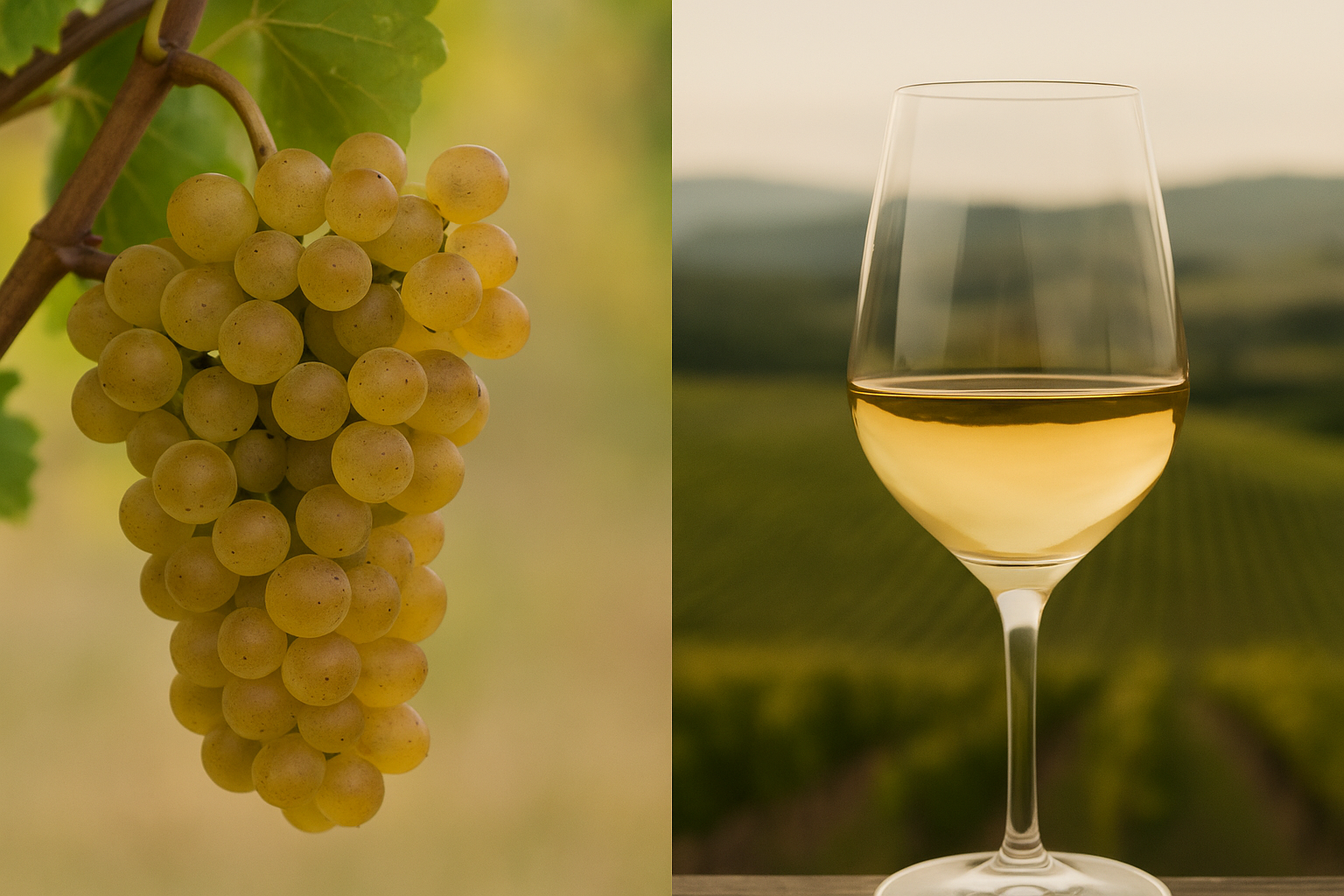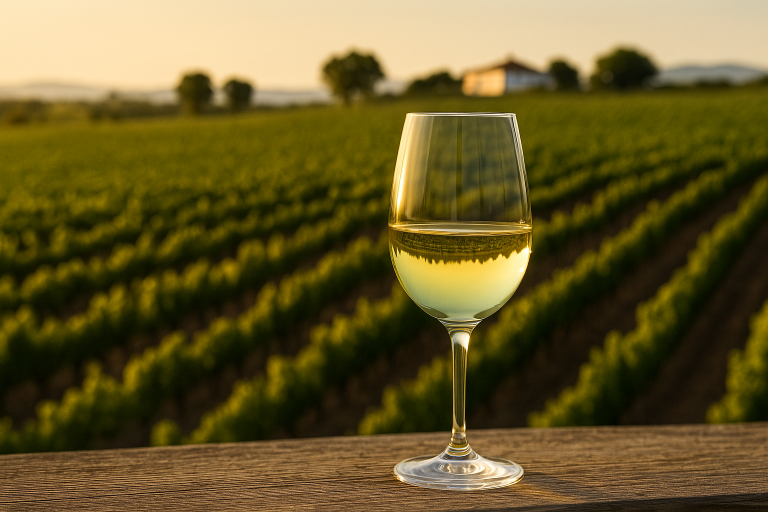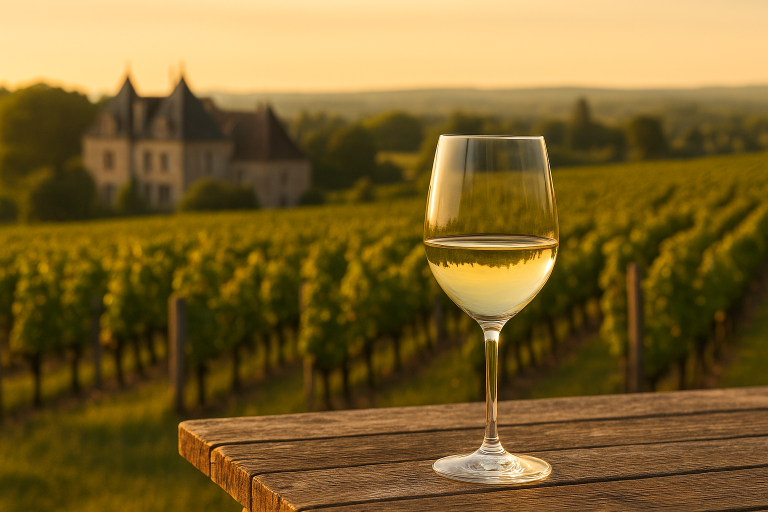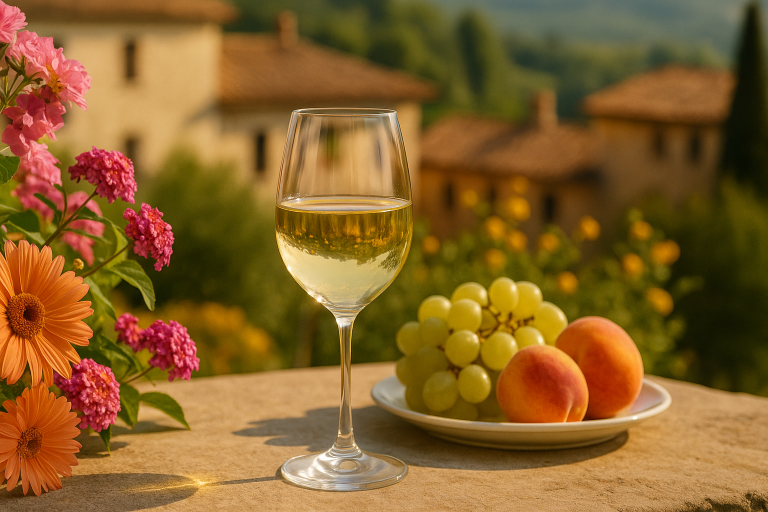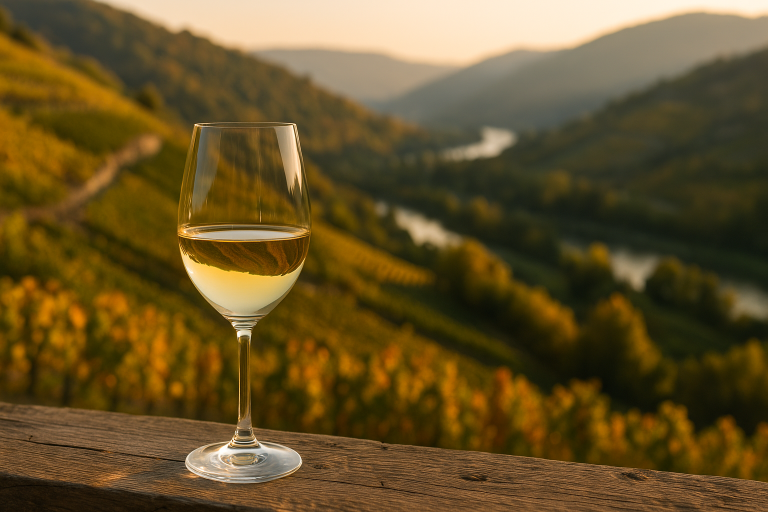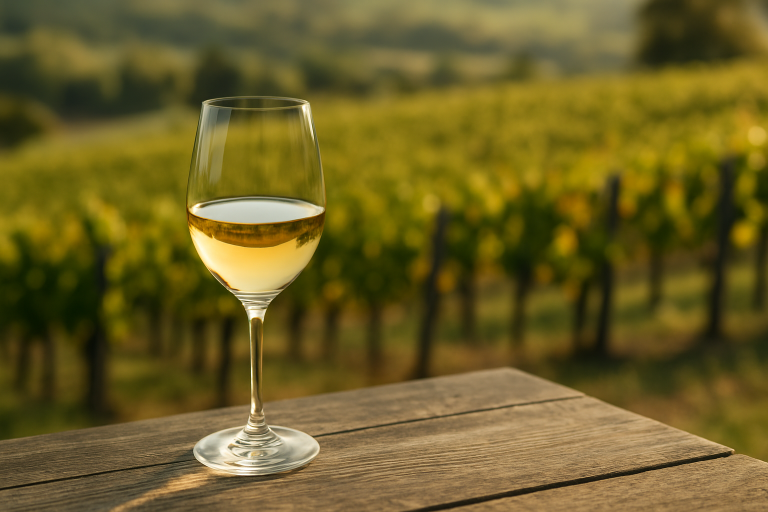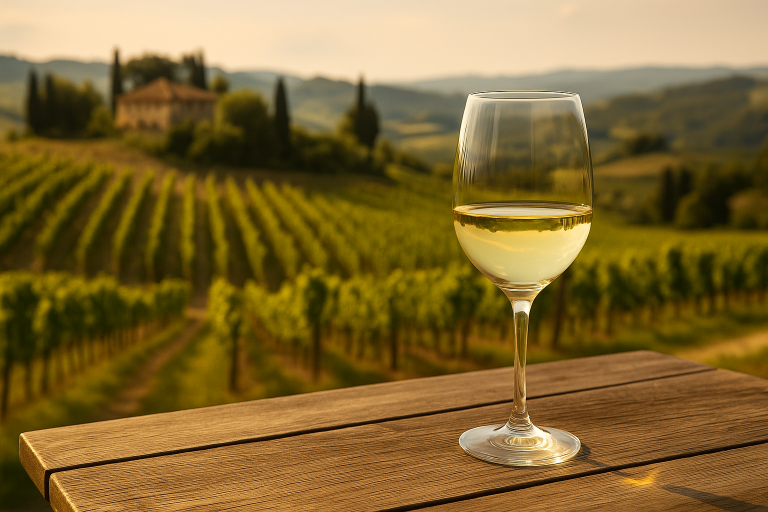Roussanne is a distinctive and elegant white wine grape that has earned a loyal following among wine enthusiasts for its complexity, aromatic character, and aging potential. Though less widely known than other white varietals, its contribution to fine wine—particularly in the Rhône Valley—is both historic and profound.
Description
Roussanne is a white grape variety celebrated for producing full-bodied wines with floral and herbal aromas, rich texture, and balanced acidity. The name “Roussanne” derives from the French word roux (“russet”), referring to the reddish-gold hue the grapes develop as they ripen. In the glass, Roussanne wines typically display a deep golden color with enticing notes of honeysuckle, pear, apricot, and herbal undertones. The variety is known for creating structured wines with a waxy, almost creamy texture and a mineral-driven finish.
Roussanne often appears in blends with other Rhône varieties—most notably Marsanne—but it is also increasingly bottled as a single-varietal wine, showcasing its unique personality.
History
Roussanne originates in the northern Rhône region of France, where it has been cultivated for centuries. It has long played a key role in classic Rhône appellations such as Hermitage AOC, Crozes-Hermitage AOC, and Saint-Joseph AOC. Historically, Roussanne was valued for its perfume and structure, complementing Marsanne’s weight and softness in blends.
In the late 20th century, Roussanne began gaining traction outside of France, particularly in California, thanks to the pioneering efforts of the “Rhône Rangers,” a group of winemakers dedicated to introducing Rhône varietals to the New World. It is now planted in several wine regions across the globe.
Regions Produced
While its homeland remains the Rhône Valley, Roussanne has expanded significantly:
- France: Particularly in the Rhône, Savoie, and Provence regions, where it is used in both varietal wines and blends.
- United States: Especially in California’s Central Coast (Paso Robles, Santa Barbara) and Washington State, where warm days and cool nights bring out its aromatic depth.
- Australia: Grown in smaller quantities in regions like the Barossa Valley, where it thrives in Mediterranean-like climates.
- Other Regions: Roussanne can also be found in Italy, South Africa, and parts of Spain, though on a more limited scale.
Tasting Notes
Roussanne wines are admired for their aromatic complexity and textural richness. Primary aromas often include white flowers, honey, ripe pear, baked apple, and apricot. On the palate, the wine typically shows medium to full body, balanced acidity, and a slightly oily or waxy texture. Secondary notes of almond, chamomile, and minerality often develop with age. Well-made Roussanne can age gracefully, gaining depth and nutty, honeyed characteristics over time.
- Color: Deep golden yellow.
- Aroma: Honeysuckle, pear, apricot, herbal and nutty hints.
- Palate: Rich, layered, silky texture with mineral undertones.
- Finish: Long, elegant, often with a touch of spice or floral honey.
Conclusion
Though not as ubiquitous as Chardonnay or Sauvignon Blanc, Roussanne has a devoted fan base and a prestigious pedigree. Its ability to balance richness with finesse, along with its remarkable aging potential, makes it a favorite among sommeliers and wine lovers alike. Whether blended or showcased on its own, Roussanne delivers a sensory experience that reflects its Rhône heritage and global appeal. For those seeking a white wine that combines elegance, depth, and complexity, Roussanne is a varietal worth exploring.

